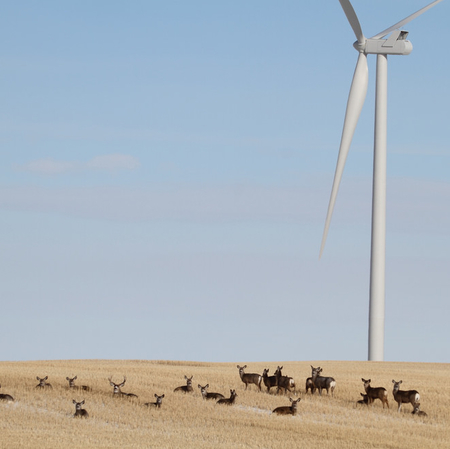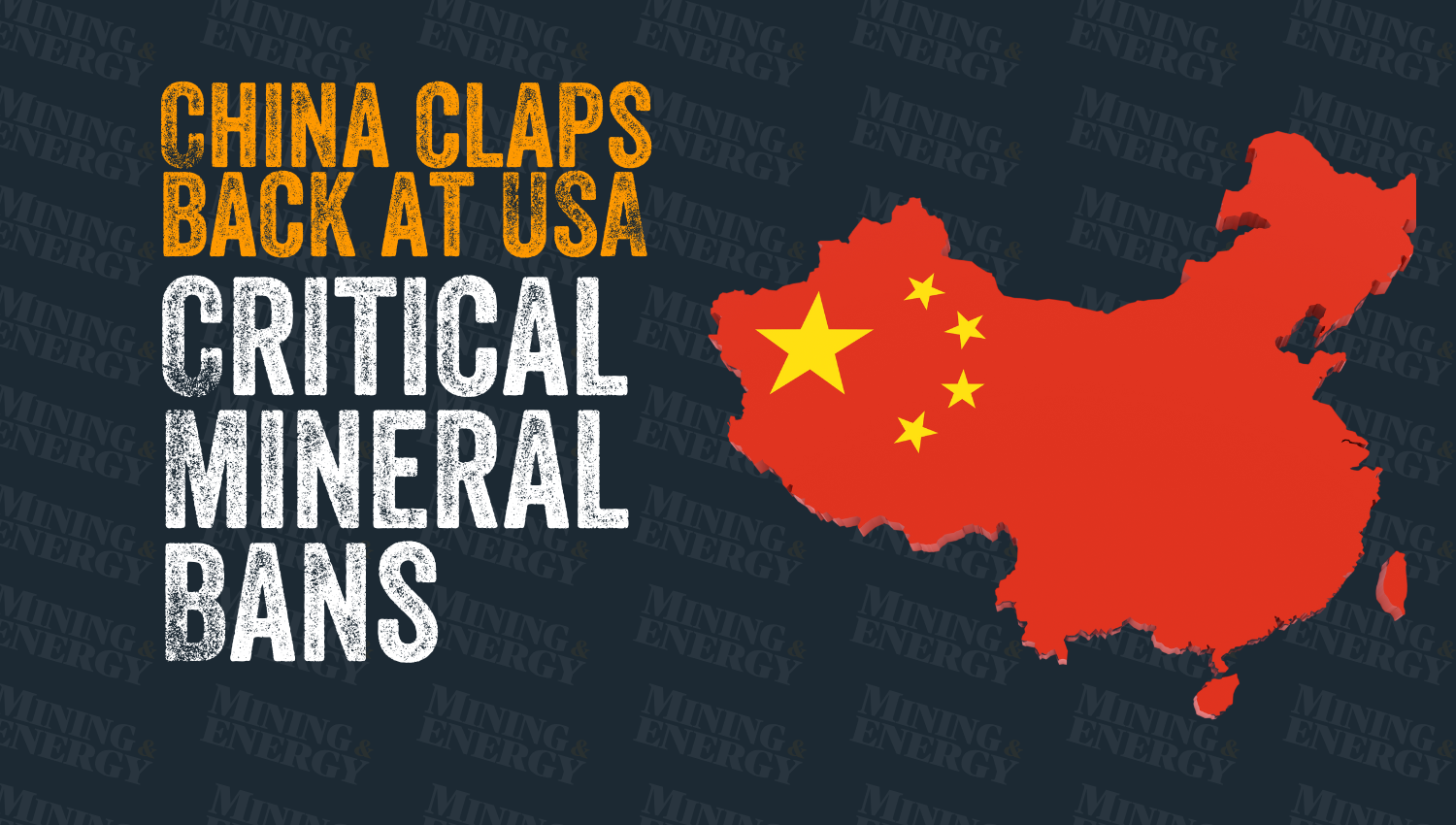Major renewable energy company focuses on Alberta

EDF Canada is exploring the option of the Vulcan Solar Energy Project in the shadow of the existing Blackspring Ridge Wind Farm. — Photo courtesy EDF
EDF Canada is exploring the option of the Vulcan Solar Energy Project in the shadow of the existing Blackspring Ridge Wind Farm. — Photo courtesy EDF EN Canada
“In 2017 in Canada, Alberta has the most ambitious targets for additional procurement going forward. I would say that Alberta is part of the natural evolution of how renewables have evolved across Canada,” said David Warner, development manager of EDF EN Canada. “Right now, Alberta is the leader.”
Especially while the Alberta Electric System Operator (AESO) moderates the Renewable Energy Program (REP).
Founded in 2008, EDF Canada has experience in developing and operating renewable projects across the country. “We are a cradle-to-grave development operation,” Warner said. “We either acquire a project that’s early stage development or greenfield projects ourselves, then carry them through the development life cycle.” This includes land acquisition, permitting, regulatory approval and organizing offtake agreements.
Warner’s current reach is focused on Western Canada. He liaises with regulators and land owners, and works with EDF Canada’s technical and financial teams to develop new projects. EDF Canada is part of the EDF EN Group, one of the world’s largest utility providers.
After EDF Canada personnel develop a project, they pass it onto their affiliate, EDF Renewable Services, for operation and maintenance.
“EDF Renewable Services is a third-party maintenance firm looking after about 11,000 megawatts of wind and solar assets across North America,” Warner said.
Right now, the company’s largest installed capacity is in Quebec, followed by Alberta and Ontario. Alberta, however, is on the rise.
“We are developing a number of wind and solar projects in Alberta right now,” Warner said. EDF Canada has several wind projects currently advancing through development.
One wind project already in operation is the Blackspring Ridge Wind Farm: a 300-megawatt wind facility co-owned with Enbridge Inc. just north of Lethbridge that began operation in 2014.
“We are developing the Vulcan Solar Energy Project within the footprint of Blackspring Ridge,” said Warner. “We can leverage all the infrastructure from Blackspring Ridge. For example, we were able to use the environmental work that had been done for the wind project.”
Using the existing infrastructure minimizes capital cost, but also the environmental footprint of these projects.
The Vulcan project is not built yet, but it received Alberta Utilities Commission (AUC) approval in 2016 after less than 90 days in review.
“We are quite proud of how quickly it went through,” said Warner.
He credits the overwhelming community support for the project to its timely movement through approval.
“We held multiple open houses and had a robust engagement with the community. There wasn’t a single objector to the Vulcan project throughout the AUC process,” Warner said.
The REP is the largest concern for renewable companies in Alberta. “People are trying to understand how the AESO is looking to bill out the 5,000 megawatts,” Warner said. “A lot of thought has to be given to how that procurement design will benefit rate payers by ensuring that the renewables come online in a way that helps maximize value to rate payers, and minimizes expense to the government of Alberta.” The first round will allot only 400 megawatts of renewable energy. There is a lot more procurement to happen in relatively short order.
At the same time, people are watching to see how the AESO evolves future procurement. They are watching for changes in size and evaluation criteria of future rounds. Will future rounds favour certain types of development, or development in specific areas? “Given the market dynamics in Alberta, a lot of people are closely monitoring how the market buildup will impact the existing generation,” Warner said.
EDF Canada and Enbridge are closely monitoring the evolution of the REP in relation to their co-owned Blackspring Ridge Wind Farm and its neighbouring Vulcan Solar Project. "(They want to) ensure that not only are we developing projects that can compete in wind in the REP, but also that the REP is designed in a way that won’t adversely impact the economics of our existing assets," Warner said. "Or assets that are awarded contracts in the early rounds.”
Clearly, there are a lot of components that the AESO has to consider for future rounds of the REP. They must be mindful of existing generations, but still find ways to maximize power and keep the market competitive.
Made obvious by the company's Blackspring Ridge Wind Farm and Vulcan Solar Project, EDF Canada is looking for viable options to combine renewables.
“EDF is very forward thinking in terms of ways we can optimize site development to maximize rate payer benefits. We are looking at ways to couple technology together to deliver a greater value proposition for consumers,” Warner said.
Whether that be developing wind projects with solar in mind, or all projects with storage in mind, these combined energy sources will become more viable as the cost of storage continues to go down.
“In the very near future you will see projects where solar competes with wind, or where storage can leverage time of day use to become more cost effective, so storage can come online as a supplemental energy source for wind and solar facilities,” he said.



